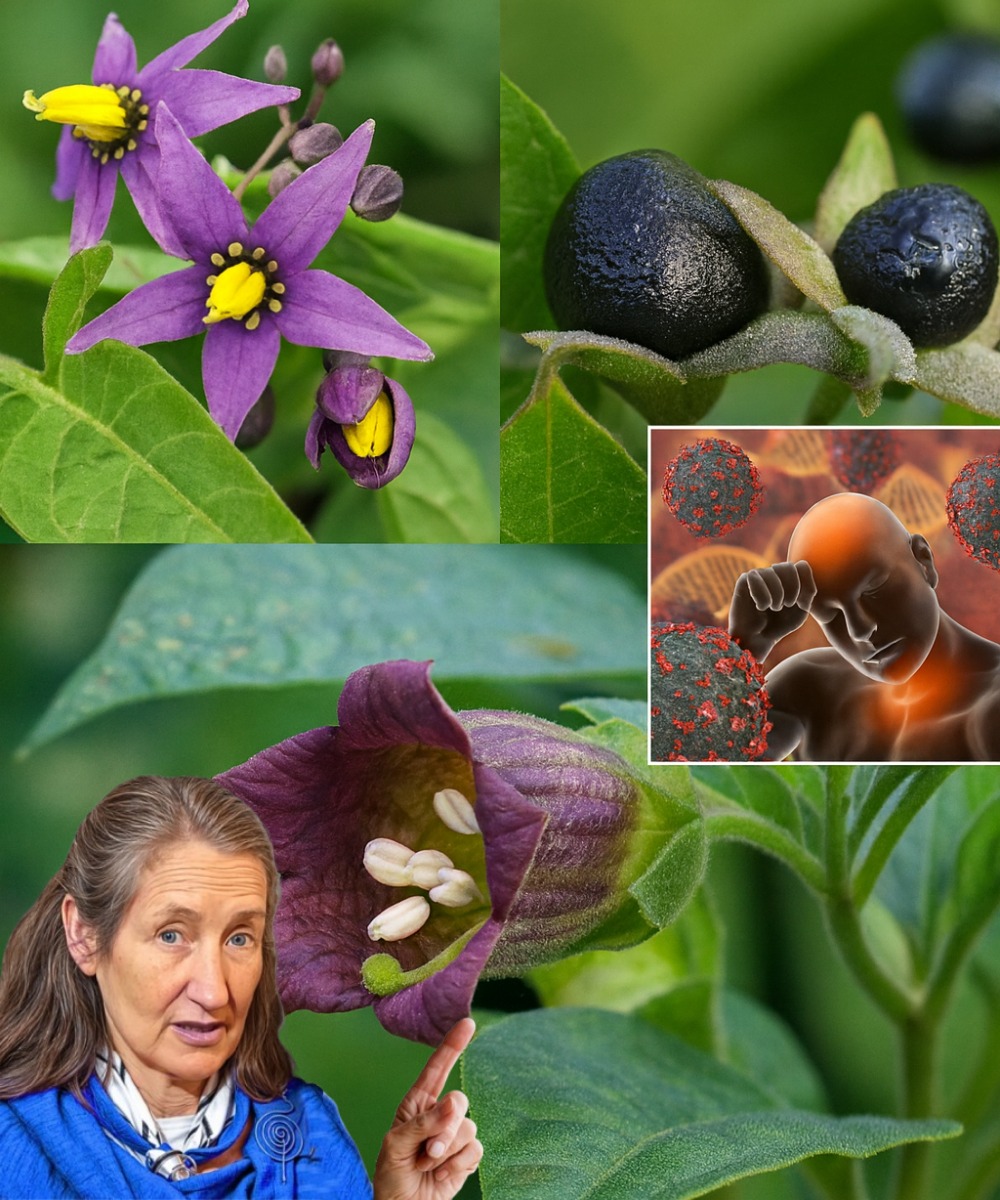A Seductive Danger Lurks in Nature
🌙 Picture a plant so enchanting that it has seduced poets, healers, and assassins alike, yet so deadly that a single berry could spell doom. Atropa belladonna, known as deadly nightshade, is nature’s paradox—a stunning beauty with a sinister edge. Its glossy black berries and velvety purple flowers beckon with allure, but beneath this charm lies a lethal secret. Curious to unravel the mystery of this captivating killer? Let’s explore the haunting world of deadly nightshade and why it demands both your respect and caution.
The Enigmatic Charm of Deadly Nightshade
Deadly nightshade has woven a dark tapestry through history, from ancient poisons to Renaissance beauty rituals. Native to Europe, North Africa, and parts of Asia, this perennial herb thrives in shaded woodlands and forgotten corners, its beauty masking a fatal potency. Known as “belladonna” or “beautiful lady” in Italian, it was once used by women to dilate their pupils for a mesmerizing gaze—a risky practice that hints at its dangerous allure. Today, it remains a symbol of mystery, danger, and death in folklore and literature, captivating anyone drawn to the shadows of nature.
Recognizing the Deceptive Beauty
🌸 To avoid falling victim to its charm, knowing how to spot deadly nightshade is crucial. Its bell-shaped flowers, blooming from midsummer to autumn, shimmer with a purple-brown hue tinged with green, exuding an almost otherworldly glow. The glossy black berries, resembling cherries, tempt the unwary but are packed with poison. Its dark green, oval leaves, often paired and pointed, grow alongside branching stems that reach 2 to 4 feet in height. Every part of this plant—roots, leaves, berries—is a silent threat, waiting to ensnare the careless.
The Toxic Arsenal Within
💀 Deadly nightshade’s danger lies in its potent alkaloids: atropine, scopolamine, and hyoscyamine. These compounds disrupt the nervous system by blocking acetylcholine, a neurotransmitter vital for muscle control, heart function, and brain activity. Even a small dose can wreak havoc, making this plant one of the most toxic known to humankind. From ancient assassination plots to accidental poisonings, its chemical power has left a chilling legacy.
Symptoms That Spell Danger
🚨 The effects of deadly nightshade poisoning are as swift as they are terrifying. Victims may experience dry mouth and difficulty swallowing, followed by blurred vision and dilated pupils that plunge the world into a haze. Hallucinations, confusion, and agitation can spiral into a disorienting nightmare, while a rapid heartbeat signals the body’s desperate struggle. In severe cases, high fever, flushed skin, seizures, paralysis, and even respiratory failure or coma can lead to death. The stakes are high, and the margin for error is razor-thin.
A Lethal Threat to All
⚠️ The danger of deadly nightshade extends to both humans and animals. For humans, just 2–5 berries can be fatal for a child, while 10–20 berries may kill an adult. The leaves and roots are equally perilous, capable of delivering a deadly dose through ingestion or even skin contact. Pets and livestock, including dogs, cats, and grazing animals, are also at risk, showing symptoms like excessive drooling, dilated pupils, restlessness, and convulsions. A single encounter with this plant can turn curiosity into catastrophe.
